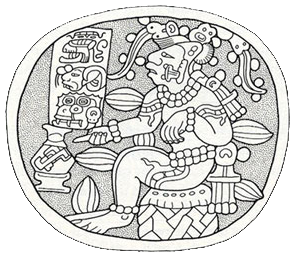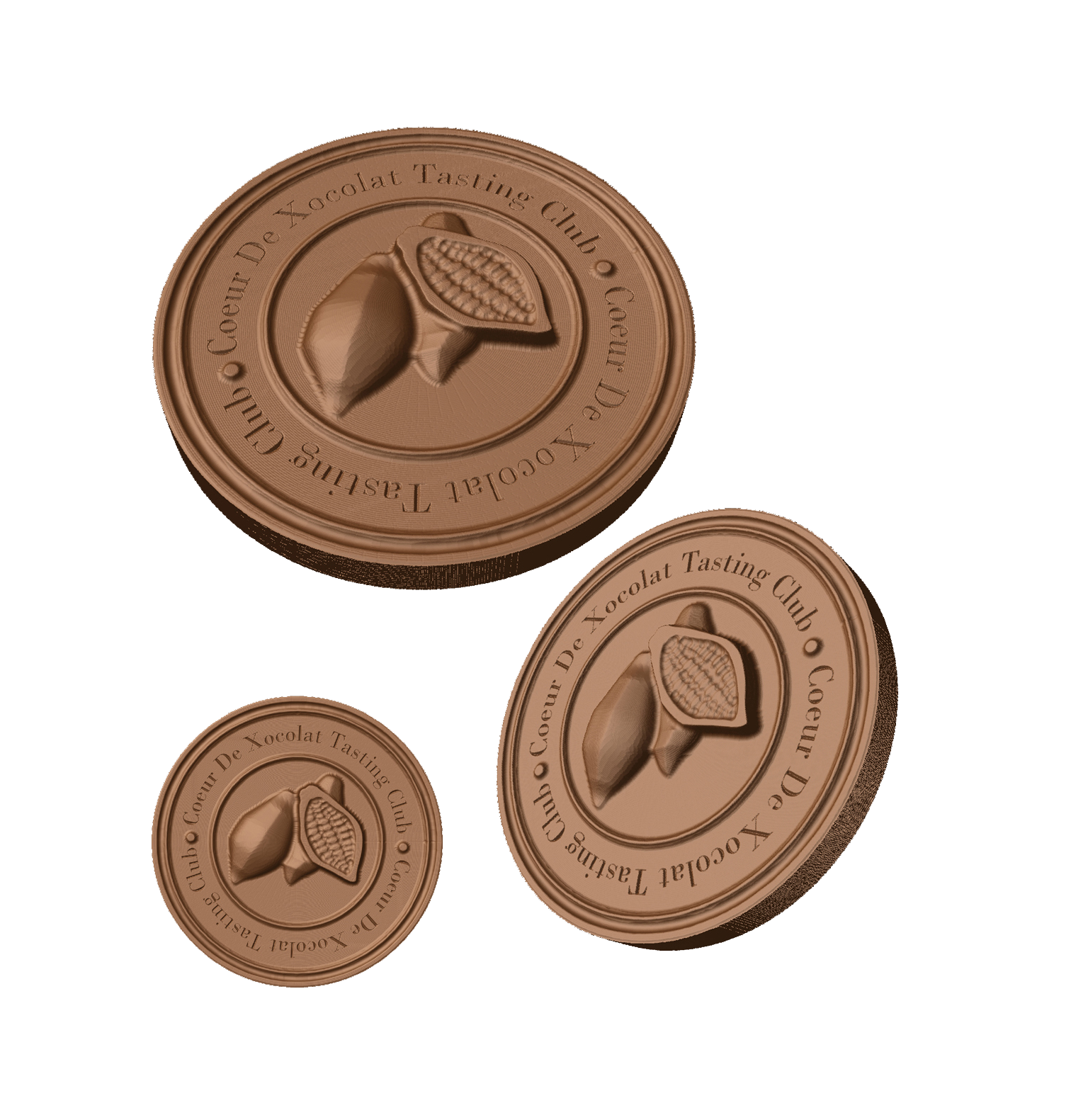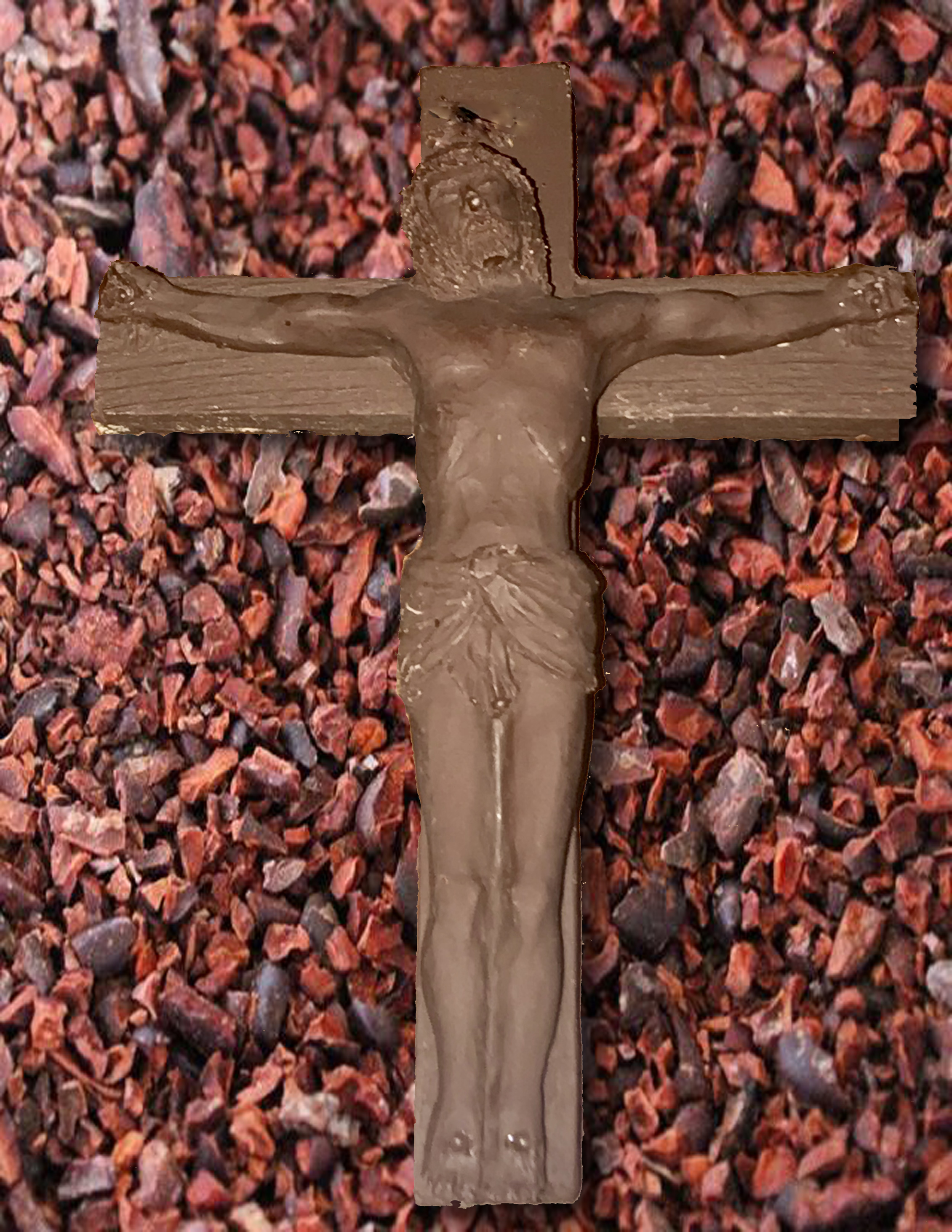
Ancient Origins and Spiritual Connections:
The roots of this confection's spiritual connection trace back to the indigenous people of Central America. Cocoa, a quintessential component of chocolate, along with other New World crops like tomato, corn, potato, and pumpkins, found its origins in the fertile soil of Central America. The indigenous people, particularly the Mokaya, first recognised the potential of cocoa.
Their early practice of roasting and grinding the cocoa seeds laid the foundation for the irresistible treat we know today.

Cocoa's Earliest Encounter with Spirituality:
The earliest documented use of cacao dates back to around 1900 B.C. in southern Mexico. Archaeological findings reveal a small pot with cocoa residue, believed to have been utilised by the Mokaya people—a pre-Olmec community. These "corn people" inhabited the Soconusco region, which spans modern-day southern Mexico and Guatemala.
From these humble beginnings, the path of cocoa's journey intertwined with spirituality.
Rise of the Maya and the Aztecs:
The Olmecs and Maya embraced cacao in their daily lives, using it to create both an unsweetened drink and an alcoholic elixir. However, it was the Aztecs who truly embraced the spiritual significance of cocoa.
The Aztecs referred to it as "xocolatl," translating to "bitter water."
For them, cocoa wasn't just a treat; it was a means to elevate life, bestowing intelligence, wisdom, and strength upon the consumer.
A Sacrament of Life and Power:
The Maya and Aztecs held a profound belief in the life-giving properties of cocoa, considering it a life force that empowered human blood. The consumption of chocolate was a sacred sacrament, conferring vitality upon those who partook. Even Aztec emperors purportedly used it as an aphrodisiac to kindle romantic moods.
Transition to the Old World:
With the arrival of Christopher Columbus in the New World, cocoa made its debut on the European stage. However, it wasn't until Hernan Cortez, the conqueror of the Aztecs, encountered Montezuma II indulging in the frothy xocolatl that cocoa began its European journey. Cortez's fascination with cocoa led to its introduction to the Spanish court, where it underwent evolution, including the addition of sugar, honey, nutmeg, and vanilla.

Chocolate's Battle with the Church:
Cocoa's journey faced yet another challenge—the stringent fasting practices of the Catholic Church.
As debates over whether chocolate violated fasting regulations raged, Pope Alexander VII finally settled the matter in 1662
with a single sentence: “Liquidum non frangit jejunum.” “Liquids do not break the fast.”
His verdict allowed the faithful to consume chocolate on fasting days, bridging the gap between chocolate and religious observance.
Chocolate's Modern-Day Impact:
Chocolate's journey through time has culminated in a multi-billion-dollar industry, touching the lives of millions worldwide. It has inspired books, movies, and songs, some of which delve into religious themes.
The Joanne Harris book "Chocolat" and its film adaptation beautifully capture the struggle between religious tradition and indulgence, weaving a tale of human complexity through chocolate.
Conclusion:
The intertwined history of chocolate and religion is a testament to the intricate ways in which food and spirituality converge. From ancient rituals to modern indulgence, chocolate's journey spans centuries and continents, echoing the sacred and cultural values of diverse societies. As we savour every bite of our chocolate creations, let us remember that this delectable treat carries within it a rich tapestry of history, spirituality, and human connection—a testament to the enduring relationship between cocoa and our souls.

.JPG)